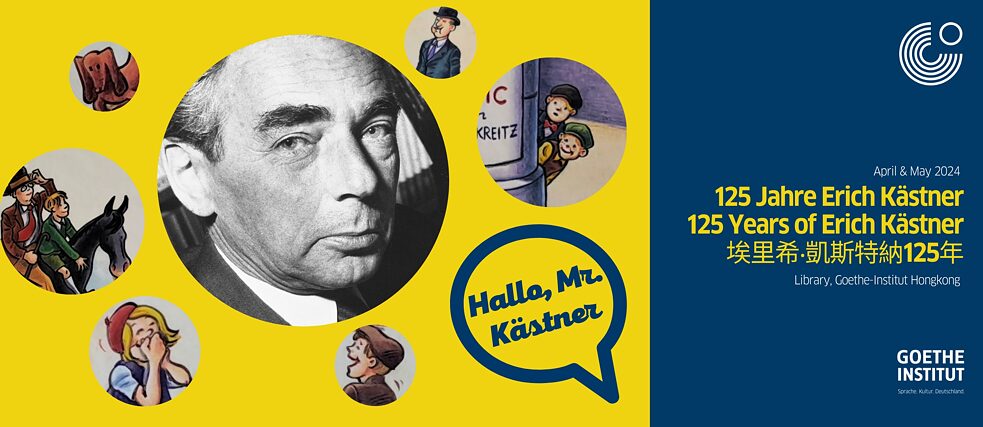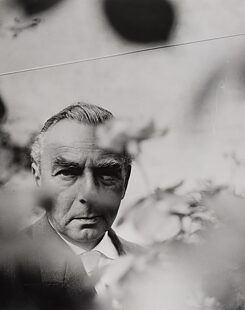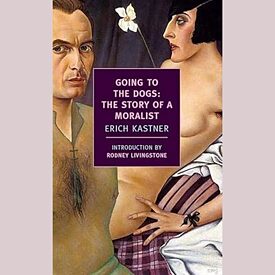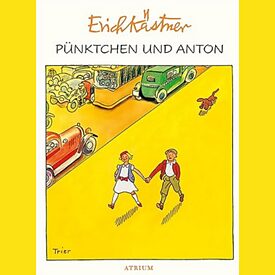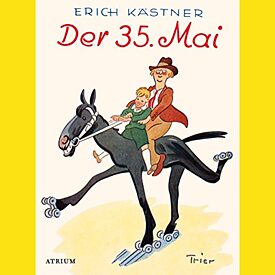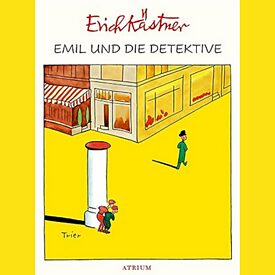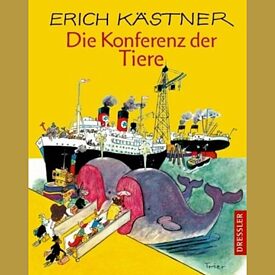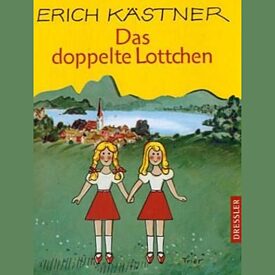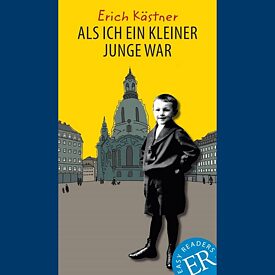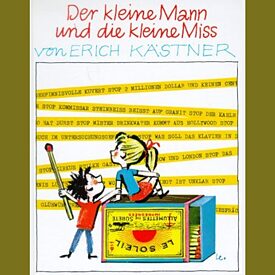About Erich Kästner
Erich Kästner was born in Dresden in 1899 and spent his entire childhood there. He left Dresden in 1919, moving to Leipzig to study German, History, Philosophy and Theatre Studies. He also started working on his poems during this time.
As time went by, he worked hard to make a name for himself as a poet, novelist, author of children’s books and screenwriter. A stout pacifist and democrat, he was expelled from the national writers’ guild during the Nazi era, with many of his books being burned in public. Today. he is still one of the most-read authors, not only in Germany, but also worldwide. His works have been translated into more than 70 languages.
Special Events in the life of Erich Kästner:
- 1899 – Born on Feb 23, 1899 to Ida and Emil Kästner
- 1929 – Published Emil and the Detektive
- 1931 – Published Going to the Dogs: The Story of a Moralist & Dot and Anton
- 1932 – Published The 35th of May
- 1933 – Published The Flying Classroom
- 1933 – Kästner’s books burned by the Nazis. He received publication ban in Germany. He was arrested by the Gestapo for the first time.
- 1934 – Published Three Men in the Snow
- 1935 – Published Emil and the Three Twins
- 1937 – Second arrest by the Gestapo
- 1949 – Published The Animals‘ Conference & Lottie and Lisa
- 1951 – Became president of the West German PEN Center
- 1957 – Received the Georg Büchner Prize
- 1957 – Published autobiographical novel When I was a Little Boy
- 1959 – Awarded the Federal Cross of Merit (Bundesverdienstkreuz)
- 1960 – Awarded the Hans Christian Andersen Medal in Luxemburg
- 1962 – published The Pig at the Barbershop
- 1967 – Published The Little Man and the Little Miss
- 1969 - Published Collected Writings for adults
- 1974 – Died on July 29, 1974 in Munich
Public Burnings of Books
"Against decadence and moral degeneracy, for decency and customs in family and government! I deliver to the flames the works of Heinrich Mann, Ernst Glaeser and Erich Kästner!"
- Shouted a student at opera Square
Beginning on May 10, 1933, Nazi-dominated student groups carried out public burnings of books they claimed were “un-German”. The book burnings took place in 34 university towns and cities. Works of prominent Jewish, liberal, and leftist writers ended up in the bonfires. The book burnings stood as a powerful symbol of Nazi intolerance and censorship.
Unlike other condemned writers, Erich Kästner showed up to watch, and refused to leave the country.
A collaboration spanning a quarter of a century – Kästner and Trier
Walter Trier was born in Prague in 1880. In 1910 he moved to Berlin, where he would later be introduced to Kästner, and began his career drawing cartoons for the Berliner Illustrated. He also contributed to the satirical weekly Simplicissimus, where during the 1920s, despite great personal risk, he ridiculed Hitler and the Nazi Party in a series of cartoons. In 1936 he fled to London, where he was involved in producing anti-Nazi leaflets and political propaganda drawings. He died in 1951 in Ontario, Canada.
